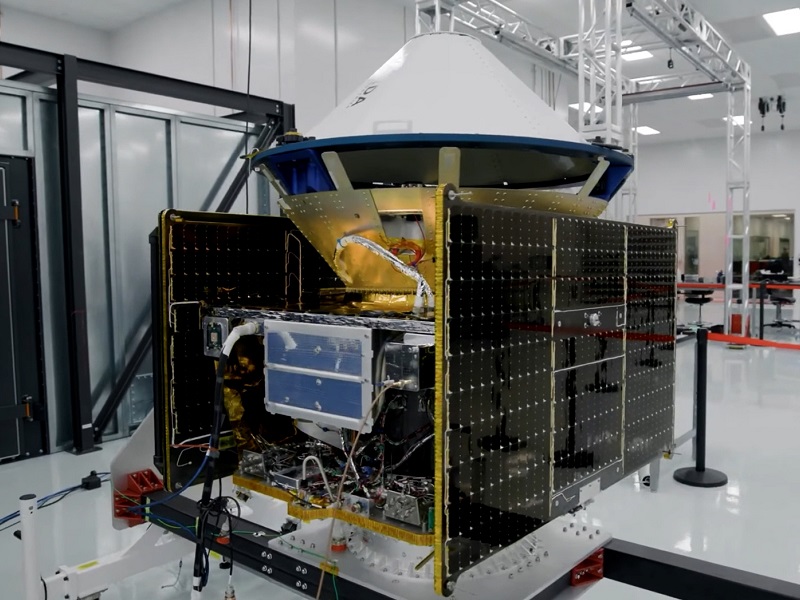A SpaceX rocket carrying a Varda Space Industries spacecraft that will attempt Australia’s first-ever commercial space re-entry next month has launched into low-Earth orbit.
The Falcon 9 rocket carrying more than 130 different payloads, including the W-2 capsule, lifted off from Vandenberg Space Force Base in California on Wednesday morning (AEST).
Two Centauri satellites from local SpaceTech Fleet Space Technologies were also onboard the Transporter-12 rideshare mission, which comes five months after the last Transporter mission.

Varda Space’s W-2 capsule will spend the next few weeks in orbit before re-entering the Earth’s atmosphere and landing at launch operator Southern Launch’s Koonibba Test Range in South Australia sometime in mid-February.
It is carrying a spectrometer from US-based Air Force Research Laboratory designed to collect atmospheric data during its descent, as well as other payloads from partners, in addition to Varda’s “expanded pharmaceutical reactor”.
The Californian-based company has already conducted similar re-entries in the United States. It’s W-1 mission landed in Utah in February last year, bringing with it crystals of an antiviral drug grown in orbit.
It has selected Southern Launch for the next three W-Series missions, which Southern Launch chief executive Lloyd Damp said is the “next evolution of our industry capacity as humans”.
“By the end of this decade, it is predicted that we will all be using items that contain some element that is produced off Earth we are incredibly proud to bring this industry to South Australia,” he said.
Southern Launch secured approval for the re-entry last October, making it the first return authorisation ever granted under Australia’s Space (Launches and Returns) Act 2018.
Also onboard the Transporter-12 rideshare mission was two Centauri satellites from Fleet Space, which last month closed a $150 million Series D funding round led by Ontario government-owned Teachers’ Venture Growth.
Fleet Space said the launch of Centauri 7 and Centauri 8 will “increase capacity of its proprietary satellite network” and support the expansion of its critical minerals exploration platform, ExoSphere.
ExoSphere, which launched in the months after its $40 million Series B raise in 2021, allows the likes of Rio Tinto and Barrick Gold to conduct 3D subsurface mapping up to 2.5 kilometres in depth to search for critical minerals without breaking ground.
SpaceX’s Transporter-12 rideshare mission launched as reports emerged that Qantas has been forced to delay flights on its Sydney-Johannesburg leg in recent weeks due to the risk of falling debris from a SpaceX rocket re-entering earth.
The flight delays, which have reportedly lasted for as long as six hours, could become a regular occurrence, with SpaceX gearing up for another record-breaking year for rocket launches in 2025.
In 2024, the company was the most active launch operator, performing 134 launches of its Falcon rockets – an almost 40 per cent increase on 2023. It’s missions accounted for more than half of all launches worldwide.
Do you know more? Contact James Riley via Email.

